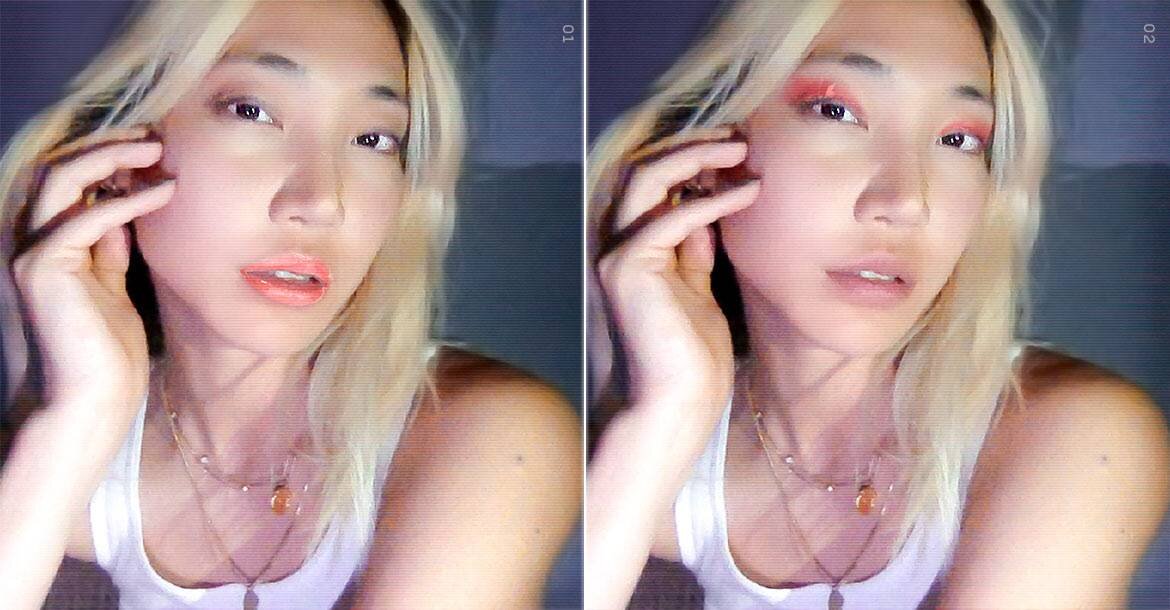
Image → L'Oréal
SUSTAINABILITY • 6 August 2021
Written by Laura Pitcher
The Digital-Only Future of Fragrance and Beauty
How digitization could shake up the beauty industry.
There’s no denying that the art and fashion world is becoming increasingly digitized, with NFT’s taking off recently in both industries. After the "world's first digital fragrance" as an NFT was created earlier this year, by Berlin-based Look Labs, it’s evident that the beauty industry is next to ride on the digitized wave.
The NFT fragrance was created by recording the molecular wavelengths of a perfume named Cyber Eau de Parfum to make a digital artwork, which is backed by a non-fungible token. A collectors item, 10 fragrances are available in an NFT format, and each accompanied by a physical collector’s edition of the fragrance bottle that lights up when touched.
An NFT fragrance is impractical considering the physical nature of the beauty industry, digital-only beauty products had already been slowly and steadily gaining traction in the areas of filters, video game skins, and virtual try-on technology. This was only accelerated by the pandemic, where we turned to the beauty filter on Zoom to get us through working from home.
Major beauty brands are already on board, with L’Oréal introducing its first line of virtual-only makeup products, for use on Zoom, Snapchat, Instagram and Google Duo, and digital makeup artists like Ines Alpha collaborating with the likes of Dior and Allure.
The rise in filters, naturally, has raised mental health concerns, with TikTok automatically applying a beautifying filter on some users' faces. In 2018, researchers discovered 55% of surgeons are now seen by patients looking to improve their appearance for selfies (up from 42% in 2015) and that the pervasive nature of filtered images regularly trigger body dysmorphia. For this reason, digital-only makeup is in its most innovative form when it is playful and decorative, like Alpha’s work, rather than used to uphold traditional markers of beauty or encourage plastic surgery.
Video → L'Oréal
While the digital-only beauty industry currently is usually used to get some buzz over a physical product, with augmented reality now fully integrated into our shopping habits, it’s only a matter of time until it could be an inherent part of our routines. This is especially true when factoring in that Gen Z are socializing digitally more than ever, with Instagram and TikTok filters already popular. In fact, a study showed that 58% of the generation can't go more than 4 hours without Internet access before they become uncomfortable.
It’s also evident that the transition from digital-only makeup being fringe to mainstream will largely take place through it’s most practical application for today—virtual try-on products. At the very forefront, Google has launched its version of virtual try-on, powered by AR and allowing you to try on any of these brands within its Google Search using your front camera. YouTube has also launched its AR ‘Beauty Try-On’ feature within the YouTube app, allowing the platform to make the most of the popularity of makeup tutorial videos, where viewers can virtually try-on products being featured in the beauty guru's video themselves.
As we’re increasingly online, experimenting with our online perception through digital-only beauty technology is inevitable. Excitingly, the world of digital-only beauty comes with far fewer limitations than physical beauty products. For artists like Alpha, digital makeup allows designs to be 3D, not bound by gravity or texture. For future makeup artists and brands, the potential of digital-only beauty is only expanding with advances in technology. Here’s hoping it dismantles the conventional beauty standards with it.


